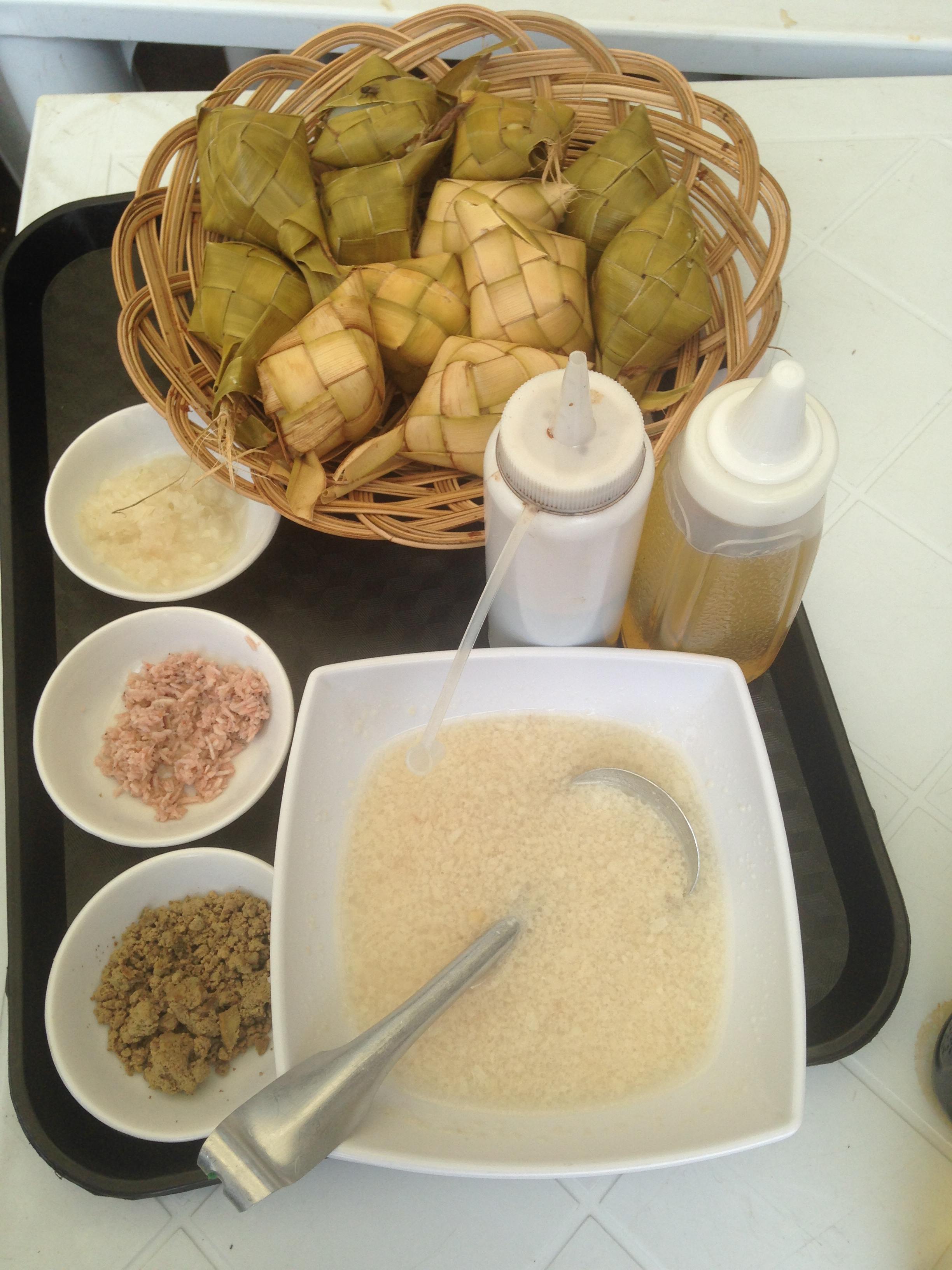 |
Cebuano Etymology
Proudly, just like any other hometown, Cebu City has its own etymology and the word Cebu came from the old Cebuano term sibu or sibo which means trade (a shortened form of sinibuayang hingpit or place of trading). Sugbo, as used by several groups in the city, was the ancient name for Cebu City. Luckily, Cebuanos still have this taste for its history by dynamically mixing modern lingua franca with this ancient cliche.
Booming tourism industry
Tourism brings jobs. A fundamental that has continuously magnetized multitudes of nationalities to flock and enjoy the beauty of what a Queen city is indeed. With so much picturesque tourist spots, cheap food and fun people, these people wouldn't even deny to separate Cebu from the whole country--judging how they experienced the best only from the best people.
As a tourist, what can be one reason why visiting Cebu makes it a worthwhile experience? If I were them, the best answer should be the tourist spots, Cebuano foods and festival.
HISTORICAL SITES
 |
| Magellan's Cross is a Christian cross planted by Portuguese, and Spanish explorers as ordered by Ferdinand Magellan upon arriving in Cebu in the Philippines on March 15 , 1521. |
Basilica del Santo Niño, is a minor basilica in Cebu City in the Philippines that was founded in the 16th century and the oldest Roman Catholic church established in the country.
 |
| Casa Gorordo Museum Cebu was the home of Juan Gorodo, first Filipino Bishop of Cebu. It is located in Lopez Jaena Steet. At present, the museum houses have many old and ancient relics. |
Famous Cebuano Foods
PUNGKO-PUNGKO- CEBU STREET FOOD
One thing that actually sets Cebuanos apart when it comes to affordable gastronomic delights is the “pungko-pungko” Pungko in Bisaya means to sit, squat or crouch. Pungko-pungko got its name because patrons used to squat or crouch while eating but Pungko-pungko stalls have since evolved. People can now comfortably eat their favorite pungko-pungko food items since these stalls already have benches or even plastic chairs.
TUSLOB-BUWA
Literally in the Cebuano dialect, it means 'to dip in bubbles'. Tuslob Buwa is one of Cebu's exotic treats you can find in the streets of Carbon or Pasil actually there are different versions in Barangays across Cebu but one thing for sure it has pig brain in it. Tuslob buwa is a local dip made of pig brain, oil, fish sauce, onions, shrimp paste and all other assorted flavorings.
Hanging Rice or also known as "Puso"
 It is a type of dumpling made from rice packed inside woven palm leaf pouch and is usually called packed rice. Cebu creates more of this everyday. It is best paired with Lechon and any other grilled dishes.
It is a type of dumpling made from rice packed inside woven palm leaf pouch and is usually called packed rice. Cebu creates more of this everyday. It is best paired with Lechon and any other grilled dishes.Lechon originated from the Spanish term that refers to a suckling pig that is roasted. Lechón is a popular food in Cebu City. It is prepared throughout the year for any special occasion, during festivals, and the holidays.
CEBU CITY'S SINULOG FESTIVAL!
The Sinulog is an annual cultural and religious festival held on the third Sunday of January in Cebu City, and is the center of the Sto. Niño celebration in the Philippines.
One of the main highlights of the festival is the grand street parade which lasts for 9 to 12 hours (practically the entire day) with participants coming from the different towns and cities of Cebu and from Luzon, Visayas and Mindanao across the Philippines. The Sinulog dance contingents are dressed in bright colored costumes dancing gracefully to the rhythm of drums, trumpets and native gongs.








